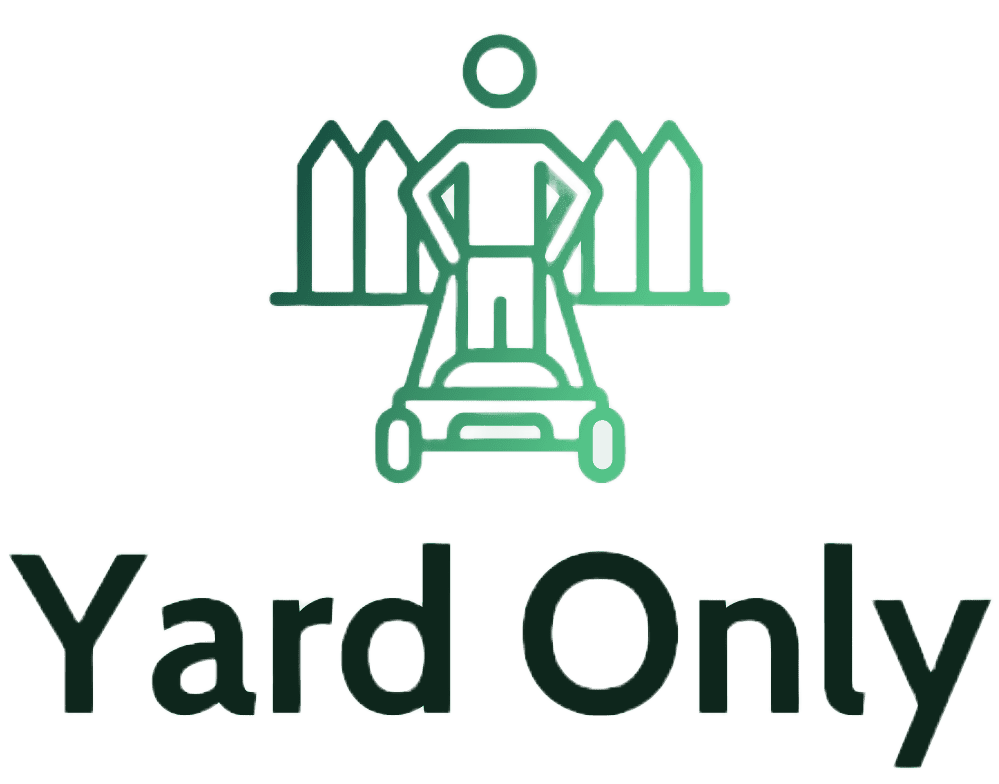A beautiful lawn may develop dead sod for a variety of reasons. Weeds, grubs, or excessive rain may be the reason for the dead sod on your green lawn. But, can you seed over dead sod?
Yes, you can seed over dead sod, it can be corrected by overseeding. Identifying the exact cause of the dead sod helps to restore the turf to its previous appearance effortlessly.
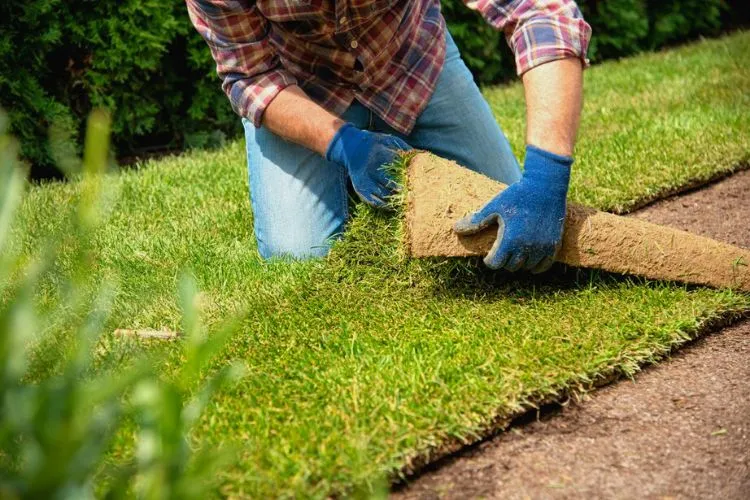
Can you seed over dead sod?
Yes, you can seed over the dead sod, and this process is referred to as overseeding. Overseeding helps you win back the grass density lost due to some random reason.
A dead sod is unsightly and gives the impression that the turf is neglected. In addition, these spots make it convenient for moss and weeds to inhabit and kill the remaining grass. Thankfully, you can resolve all these problems by overseeding.
Overseeding is a straightforward method involving zero or minimal complexities. It’s not as time-consuming as installing the entire lawn, which takes almost two to three days of yours. Overseeding specific lawn patches can be done within a few hours.
How To Seed Over Dead Sod?
You don’t have to prep anything before overseeding your dead sod. You might notice a few thin patches after overseeding, which will become dense eventually. You can effortlessly grow the dense turf you desire.
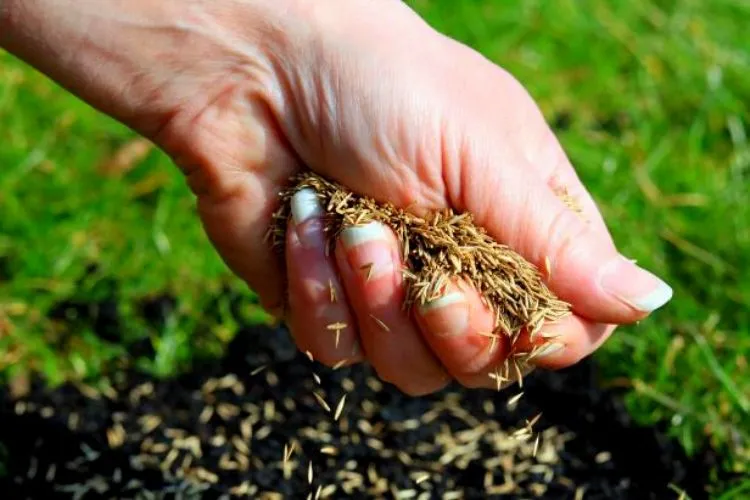
Steps to Take Before Seeding Over Dead Sod
Here are a few steps before you start seeding over the dead sod.
1. Preparation of the Soil
Before overseeding, it’s crucial to test your soil. Ensure the soil acidity and pH are suitable for your seeds to germinate appropriately. In addition, add nutrients if the soil is deficient in that area.
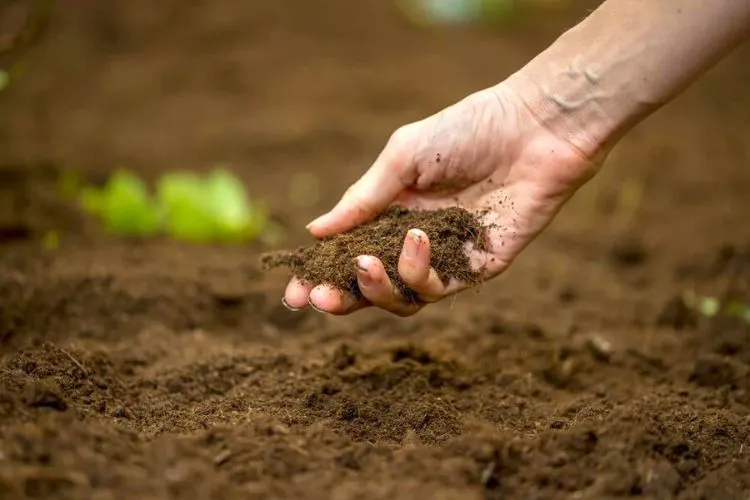
The grass should then be cut to about 1 inch in length. It helps you uncover the dead patches, allowing you to overseed appropriately. In addition, it helps the seeds stay in contact with the soil. Otherwise, there are chances of them getting tangled in the leaves.
There’s another hurdle posed by tall grass. It will block the sunlight, which is crucial for the germination and growth of the seeds.
2. Removing the Dead Sod
After mowing the yard, it’s time to remove the grass clippings and dead grass. You can use a rake to get this done. Raking helps to loosen the topsoil, allowing the seeds to stay in contact with the soil effortlessly. It helps them settle down in the soil and root appropriately after germination.
3. Amending the Soil
You might need to amend the soil as a part of the overseeding process. Thatch on your lawn prevents the seeds from staying in contact with the soil, thus allowing no germination to happen.
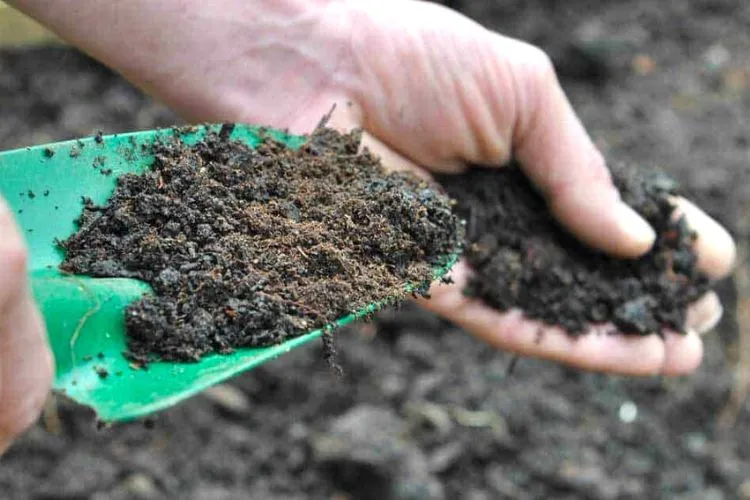
Remove dead layers from the topsoil, helping the soil absorb nutrients effortlessly. If the soil is compact, you might need to aerate it. Grass cannot develop deep roots in compact soil, as the compactness blocks nutrients from permeating it.
Choosing the Right Seeds for Over-Dead Sod
Finding the right seeds for over-dead soil is critical. Let’s look at a few characteristics and factors to help select the correct seed.
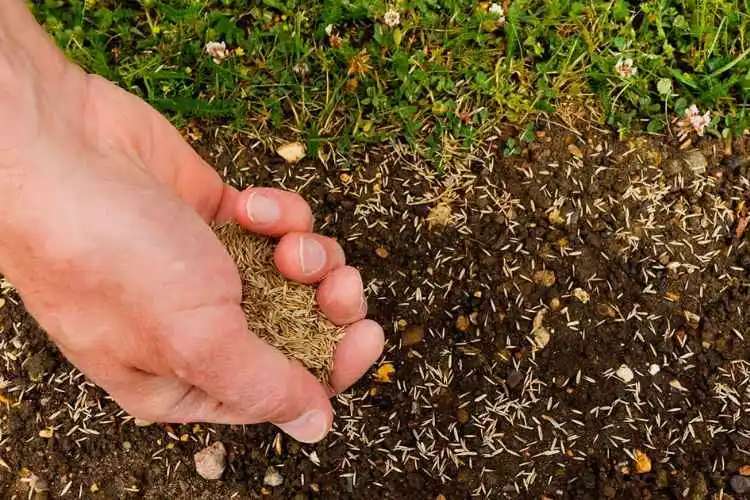
1. Characteristics of Ideal Seeds for Over-Dead Sod
The sod quality standards are different from average seeds. They have a higher standard as compared to certified seeds.
A sod quality standard ensures the seed is free from contamination and can resist weeds and other unwanted infestations.
2. Factors to Consider When Selecting Seeds
Purchase seeds marked “sod quality.” An ideal seed needs to have a high amount of genetic purity. The seed features good shape, size, and color. In addition, it must have an appropriate weight, a higher germination ratio, and a substantial shelf life.
3. Recommended Seeds for Over-Dead Sod
Kentucky bluegrass and tall fescue are the most common sod-quality seeds used for over-dead sod. In addition, the following are some common seeds:
- Jonathan Green Touch Up Tri Rye
- Pennington Smart Seed Dense Shade
- Pennington Smart Seed Bermuda Grass Mix
- Scott’s Turf Builder Thick’R Lawn
- Scott’s Turf Builder Fall Mix
- Scott’s Turf Builder Sun and Shade Mix
- Scott’s Turf Builder Quick Fix Mix
- Scott’s Turf Builder Southern Gold Mix
Method of Seeding Over Dead Sod
Now the soil is ready, and so are the seeds. It’s time to start the overseeding process. Separate the seeds into two batches, reseed in one direction using the first batch, then alter the direction and spread the seeds from the second batch.
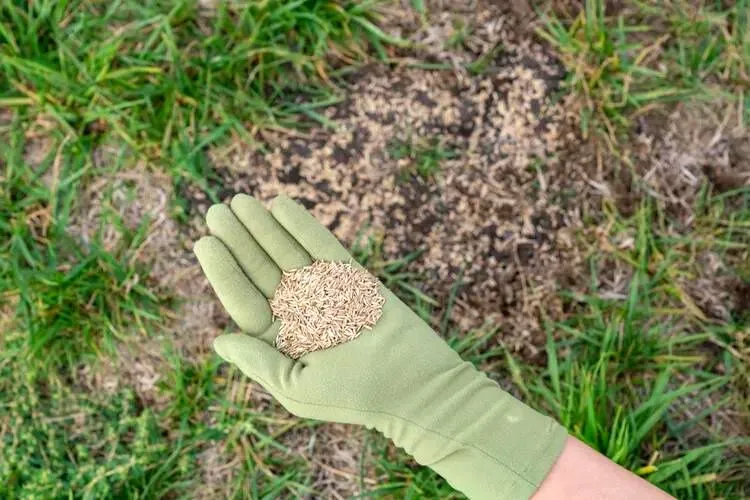
1. Appropriate Seeding Rate
Scatter the seeds at a rate of 25 grams per square meter.
2. Timing of Seeding
Overseeding is highly achievable, particularly twice a year. One is in the spring, after the last frost and heavy rains. The next time is almost fifteen days after the first harsh frost of winter.
In spring, the grass has a chance to grow strongly with proper germination and deep roots. In winter, the chilled weather keeps the grass seeds protected and dormant till spring arrives.
3. Techniques for Seeding Over Dead Sod
Divide the seeds into two groups. Scatter the seeds from the first group in one direction, then change the direction to scatter the seeds from the remaining second group.
It helps you scatter the seeds uniformly, filling up all the patches with overseeding. For small patches, you can do the scattering manually. In the case of a big lawn, use a seed spreader to get it done correctly.
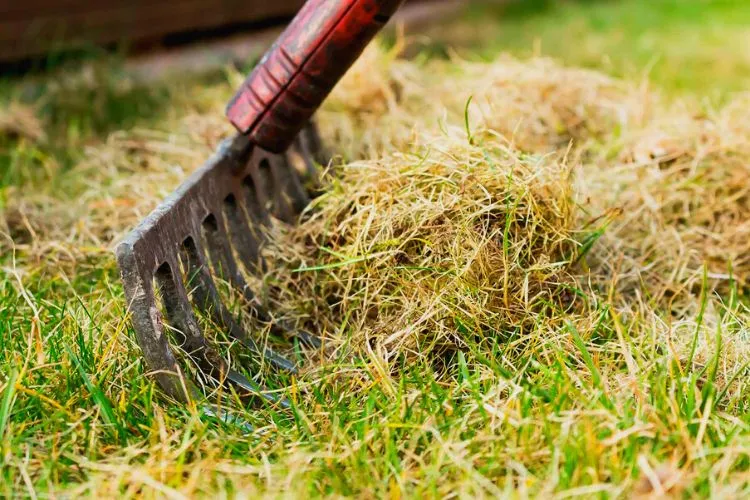
Roll the lawn once you are done spreading the seeds. Rolling the lawn is essential to help seeds stay in contact with the soil, blocking seed predators like birds and other animals from consuming them. Roll the yard once or twice for an ideal result.
Keep watering in small amounts to help your seeds germinate correctly. Water at least twice or thrice daily to keep the ground moist and cool. Once the seeds germinate, decrease the watering but increase the water quantity to help develop deep roots.
Other Sod Related Articles You May Find Useful: Will Sod Grow On Sand? | Sod is Turning Brown
frequently asked questions (fAQs)
1. Should I remove dead sod before seeding?
Yes, dead sod will prove toxic to the healthy grass surrounding it. Therefore, it is essential to remove it before overseeding.
2. Will grass seed grow on top of dead grass?
Yes, grass seeds can grow on dead grass by overseeding.
3. How do you remove dead sod?
There are various ways to remove the dead sod. You can use a sod cutter, a spade, or a pitchfork and shove it under the sod to remove it. You can also use a rake to remove the dead sod. While removing the dead sod, make sure to loosen the topsoil.
4. Is my sod dead or dormant?
You can easily identify whether your sod is dead or dormant. Try pulling the grass from the ground; if it gets removed without effort, it is dead.
If the grass shows some resistance, it may be dormant.
Conclusion:
There are instances when you notice a few spots thinning out in your lawn. Whatever the reason, it doesn’t give the appearance of an ideal and beautiful lawn. Though you may be disappointed with the scenario, it’s not something to worry about too much.
You can restore the lush, green, and dense lawn appearance with overseeding. Overseeding is a technique to seed the bare patches in your lawn and fill up those odd spaces. Overspeeding doesn’t take much time, and you can do it in a couple of hours. The process is simple, and you can DIY it.
